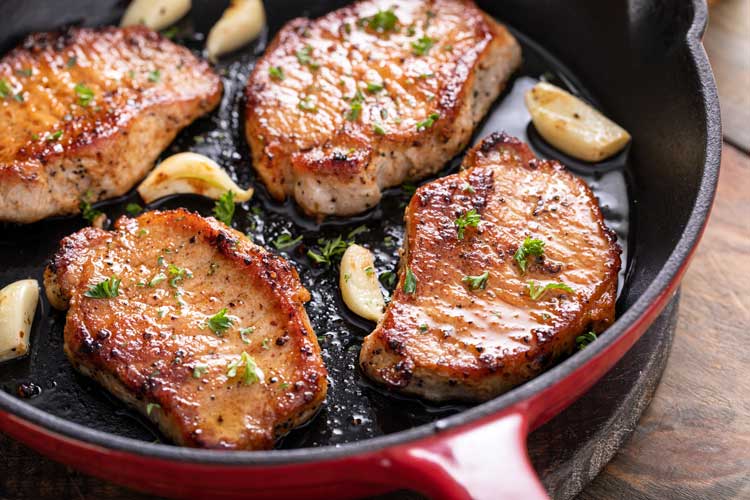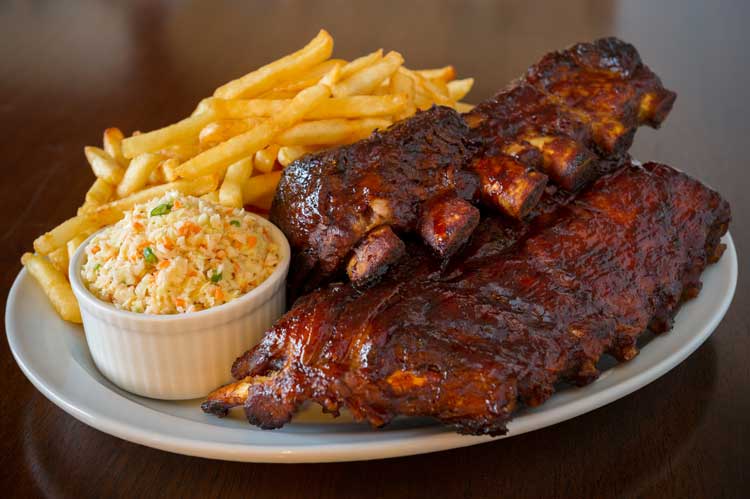Pork loin chops, also known as loin pork chops, are one of the most popular and versatile cuts of pork in Canada. These chops are taken from the loin section of the pig, which runs along the back from the shoulder to the hip. Pork loin chops are lean, tender, and flavourful, making them a… Read More…
Posts from July, 2024
Boneless Pork Chops Made Easy: Simple Recipes and Cooking Tips
Boneless pork chops are lean, tender cuts of pork that have had the bones removed. They are versatile and convenient, making them a popular choice for quick weeknight meals or entertaining. Boneless pork chops are thick slices of pork loin that have been trimmed of all bones. The loin is a long cylindrical cut of… Read More…
Pork Back Ribs: The Juicy, Tender Treat from Ontario Farms
Pork back ribs, also known as baby back ribs, are a popular cut of pork that comes from the loin area of the pig. These ribs are shorter and slightly more curved than spare ribs, with a higher meat-to-bone ratio. They are renowned for their tender, flavourful meat that clings to the bone. Pork back… Read More…
Melt-In-Your-Mouth Tender: Secrets to Cooking Sirloin Roast Like a Pro
A sirloin beef roast is a cut of beef that comes from the rear back portion of the cow, specifically from the primal loin section. It is a tender, flavourful, and lean cut of meat that is prized for its versatility in various cooking methods, such as roasting, grilling, or pan-searing. The sirloin roast is… Read More…





